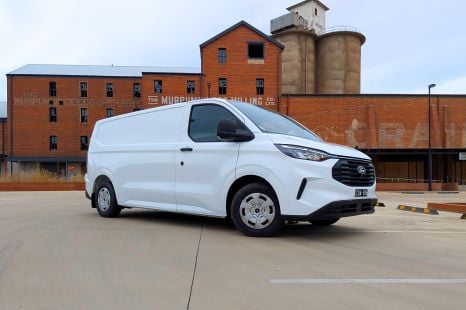

William Stopford
3 Days Ago
Used car prices are continuing to decline, dropping for the fifth month in a row, but we’re still a long way from pre-pandemic pricing.

News Editor
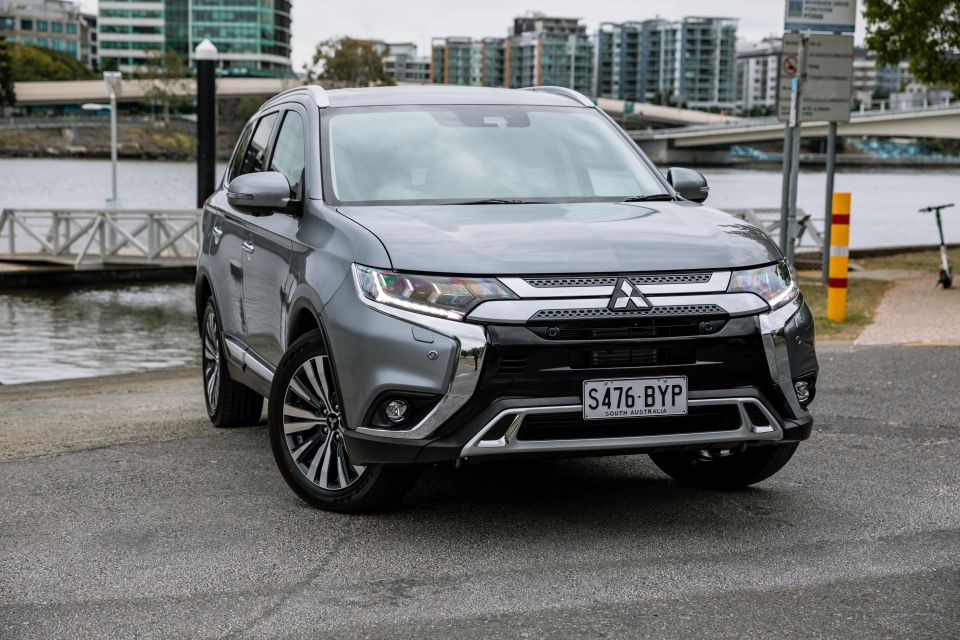

News Editor
Used vehicle prices declined again in October, but they’re still sitting 60 per cent higher than pre-pandemic levels.
Data from Moody’s Analytics reveals used car prices declined for the fifth consecutive month and dropped by an average of 1.8 per cent from September to October.
But they are still 8.6 per cent higher than last year, and are sitting 1.7 per cent higher than at the beginning of 2022.
The firm projects used vehicle prices will continue to decline during the rest of the year, with larger vehicles expected to experience more rapid declines given elevated fuel prices.
It cites increased new vehicle supply as the cause of the decline in used car prices, as semiconductor chip supply improves.
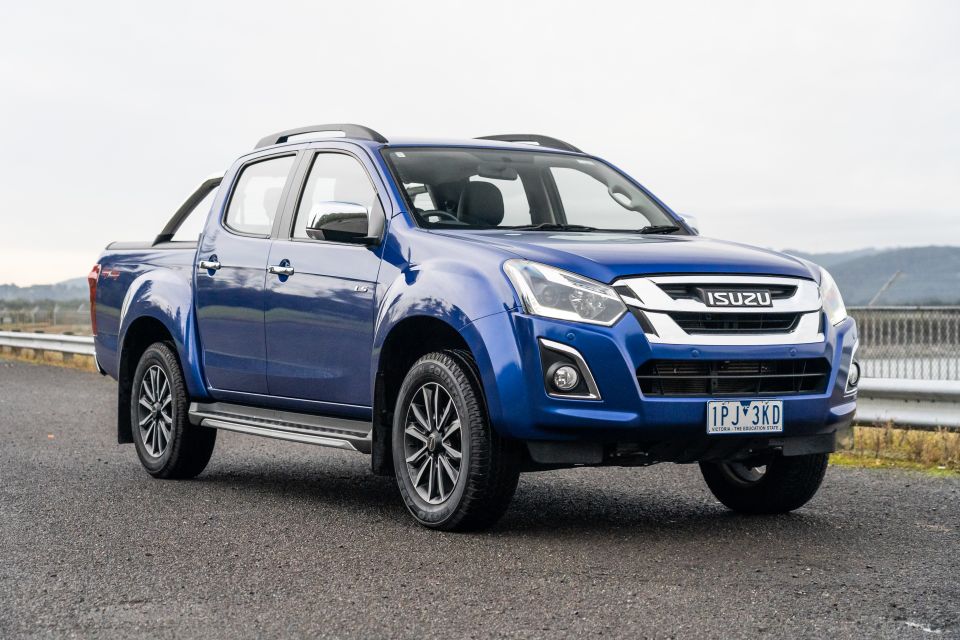
In September, it took 26.3 weeks for a semiconductor to reach the end consumer, down from 27 weeks in August and the largest month-over-month decline in several years.
Moody’s Analytics also notes its China supply-chain stress index declined 17 per cent year on year during September.
It does, however, warn lead times will still remain high going into 2023.
Demand for vehicles shows no sign of easing, backed by a surging labour market with unemployment reaching 3.5 per cent – one of the lowest levels since 1974. Wages have also seen a 2.6 per cent year over year increase during the June quarter.
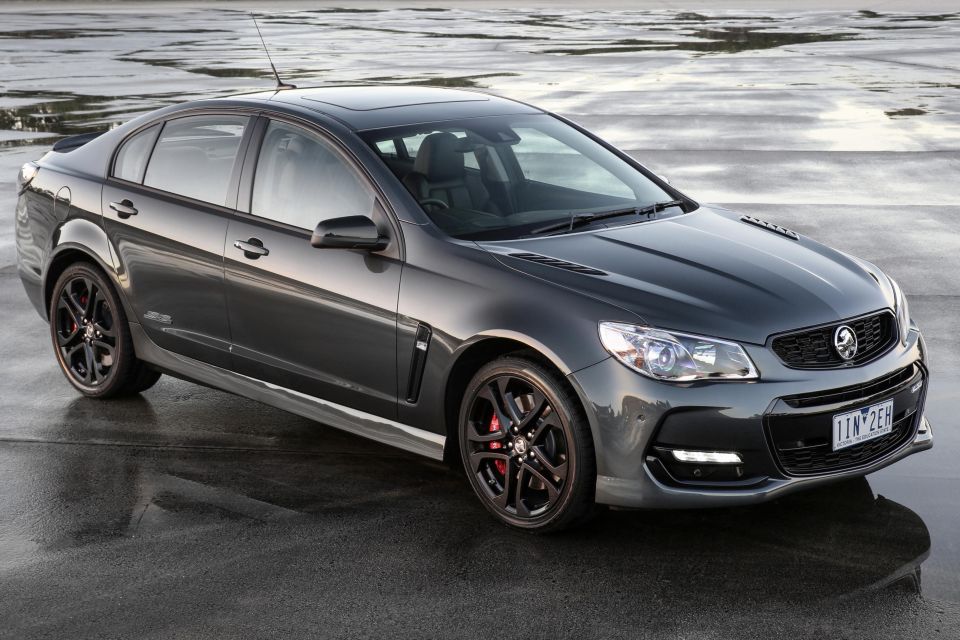
It’s not all rosy, however.
“There are risks for the vehicle market. Consumers are expected to respond soon to interest rate hikes,” said Moody’s Analytics associate economist Catarina Noro.
“So far, the Reserve Bank of Australia has increased their cash rate by 2.75 percentage points since the beginning of the year and more tightening is expected during the rest of 2022 and 2023.
“Lending rates have moved higher as prices for nondiscretionary items such as fuel and food soar.
“This is adding to consumer anxiety and reducing budgets for discretionary items such as cars.”
William Stopford is an automotive journalist based in Brisbane, Australia. William is a Business/Journalism graduate from the Queensland University of Technology who loves to travel, briefly lived in the US, and has a particular interest in the American car industry.


William Stopford
3 Days Ago
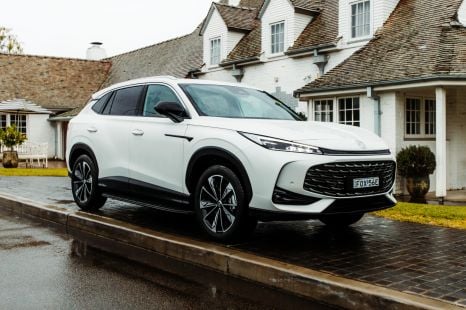

James Wong
2 Days Ago
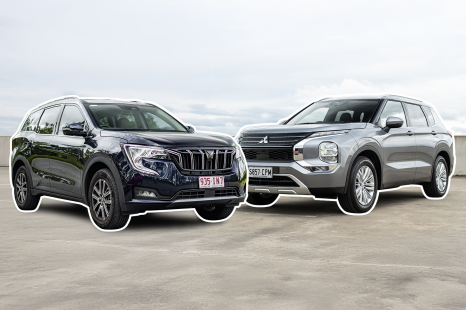

Andrew Maclean
1 Day Ago


Max Davies
19 Hours Ago
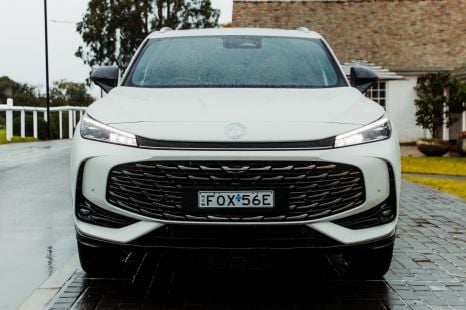

James Wong
15 Hours Ago


Josh Nevett
15 Hours Ago